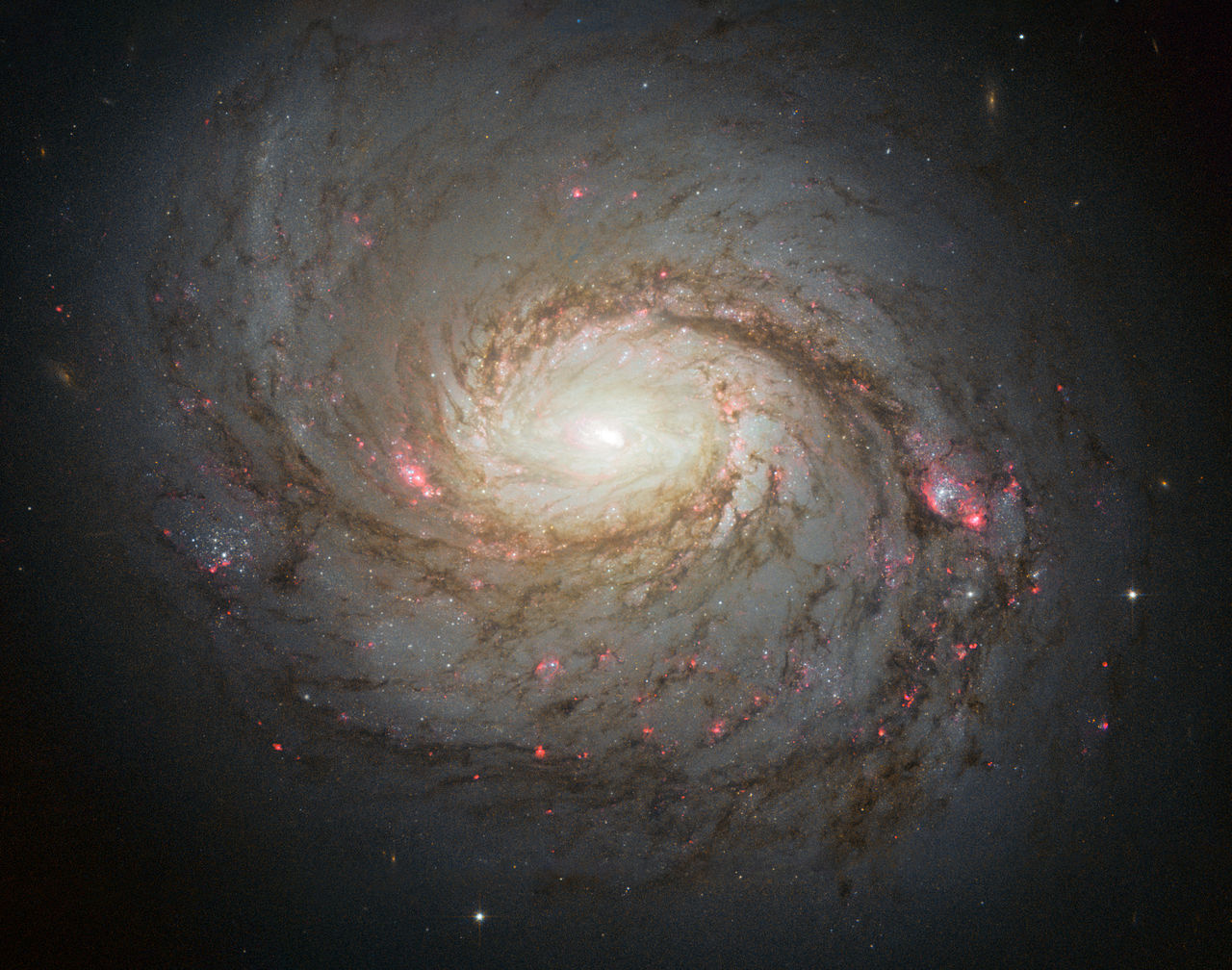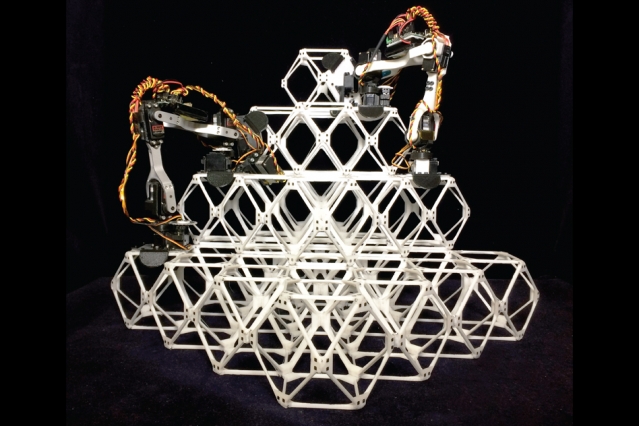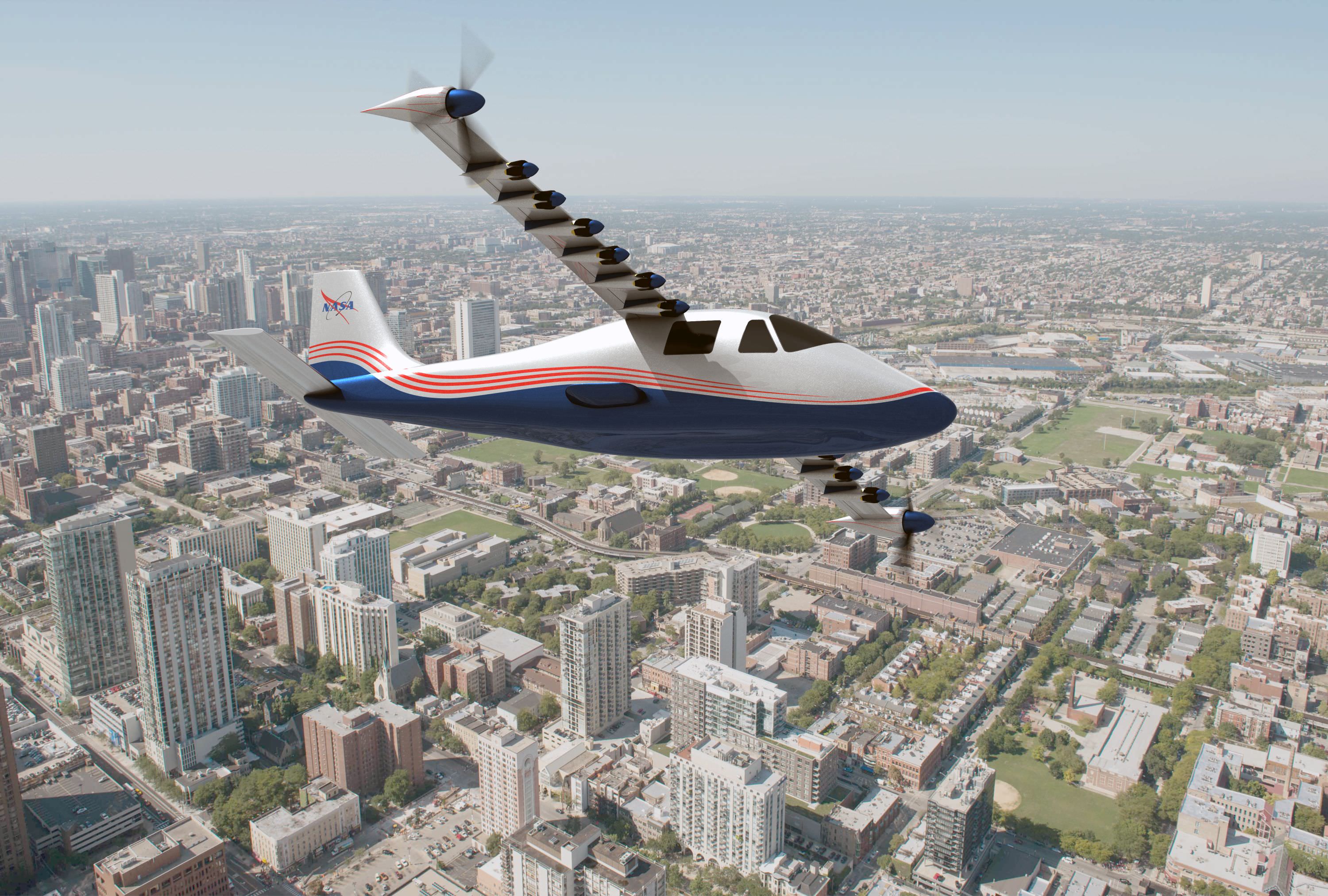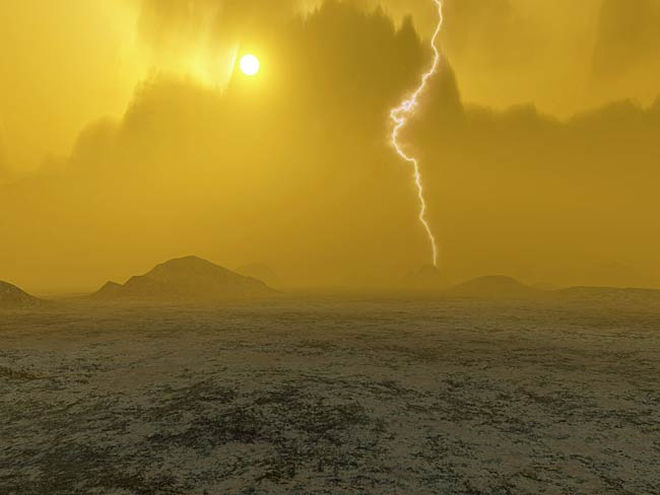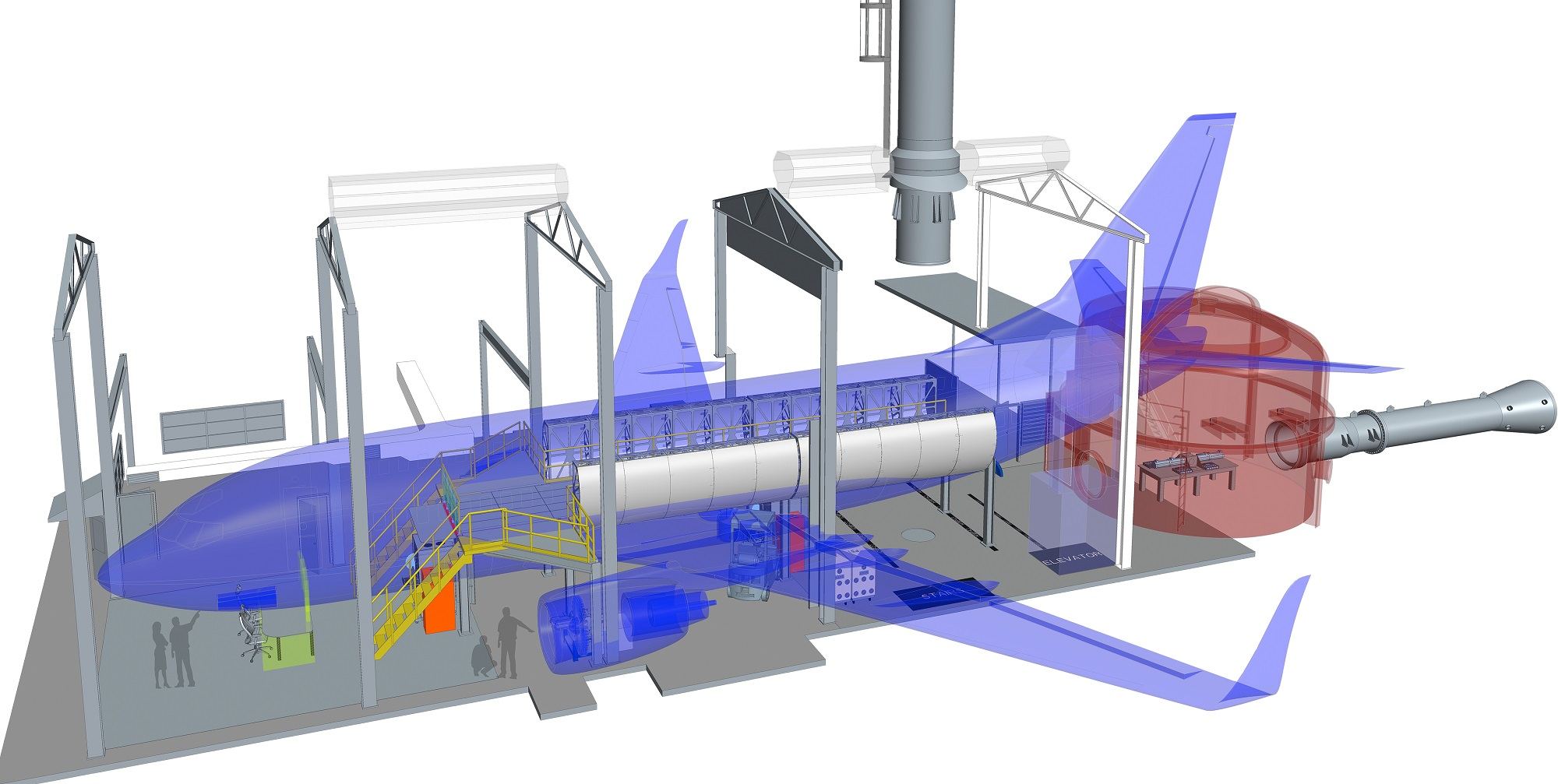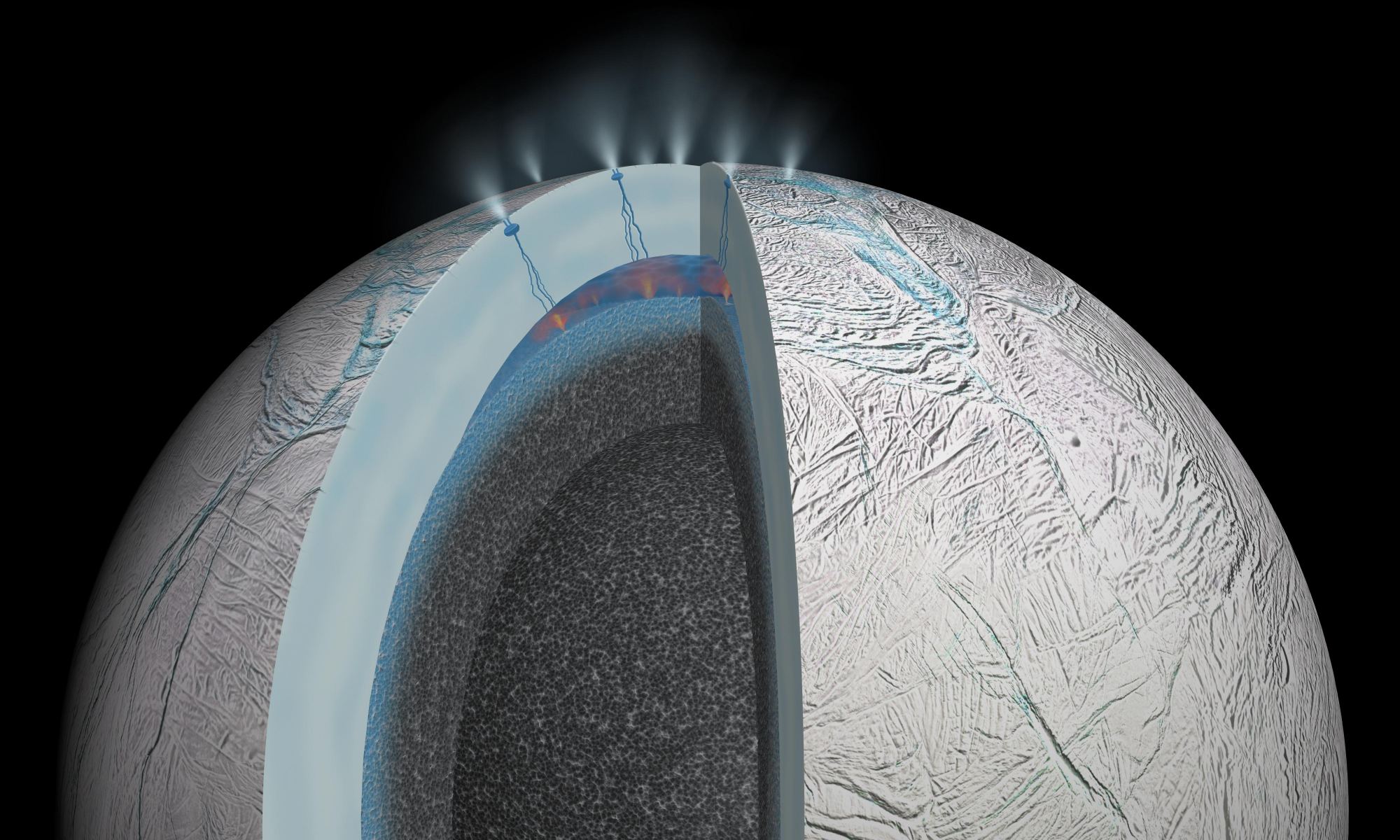It’s a difficult thing to wrap your head around sometimes. Though it might feel stationary, planet Earth is actually moving at an average velocity of 29.78 km/s (107,200 km/h; 66600 mph). And yet, our planet has nothing on the Sun itself, which travels around the center of our galaxy at a velocity of 220 km/s (792,000 km/h; 492,000 mph).
But as is so often the case with our Universe, things only get more staggering the farther you look. According to a new study by an international team of astronomers, the most massive “super spiral” galaxies in the Universe rotate twice as fast as the Milky Way. The cause, they argue, is the massive clouds (or halos) of Dark Matter that surround these galaxies.
Continue reading “The Most Massive Galaxies Spin More Than Twice as Fast as the Milky Way”
